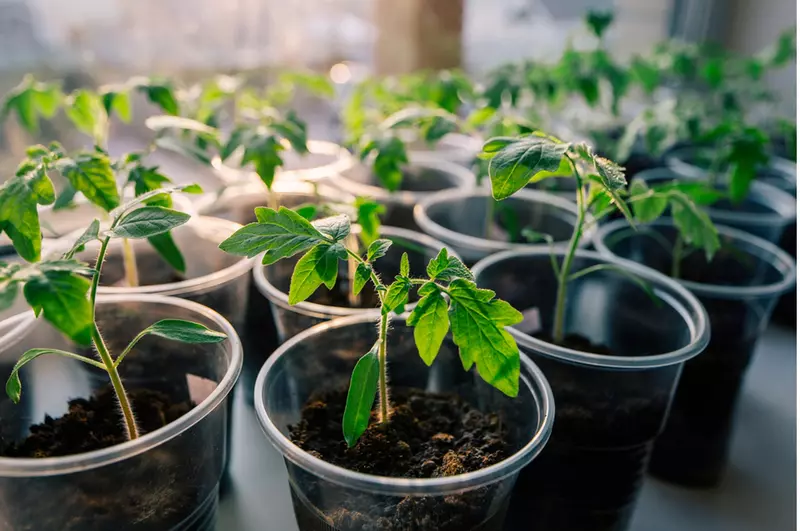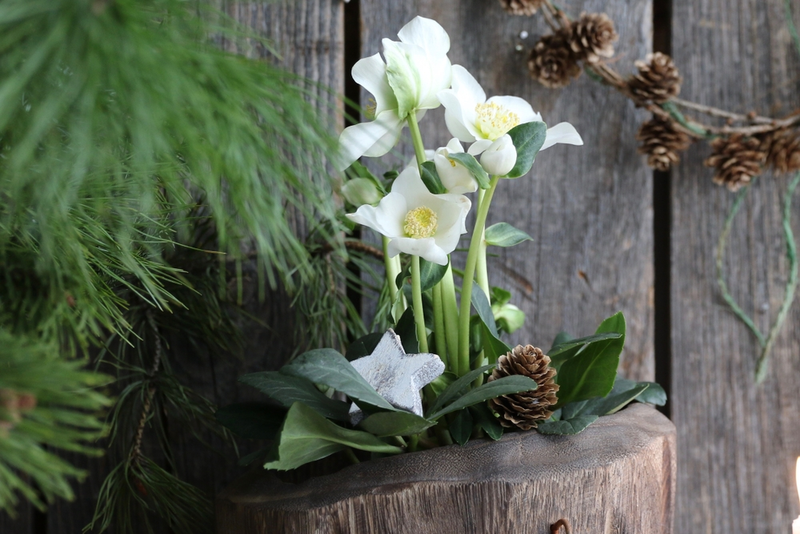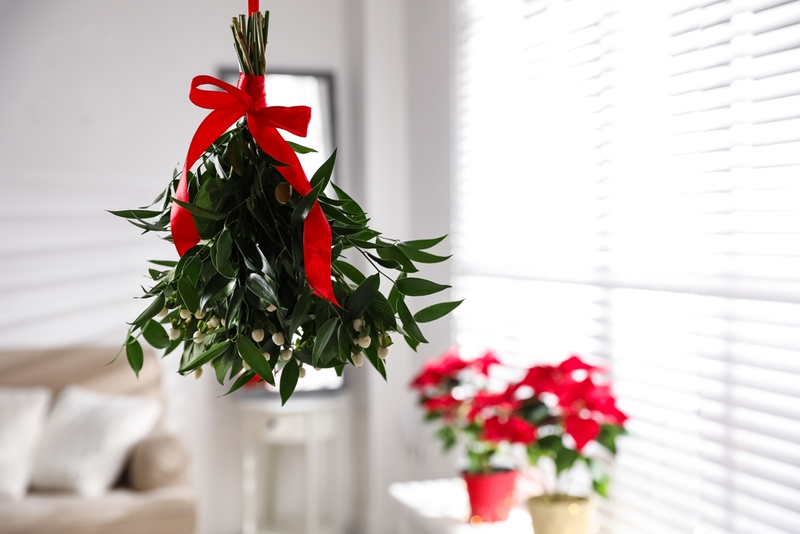
Sowing seeds indoors is a great way to get a head start on your gardening year while it’s still too cold to sow outdoors. Seeds sown indoors get all the warmth, moisture and light they need to germinate, and it’s also a great way to protect young seedlings from pests such as slugs and snails.
Which seeds to sow indoors?
You can sow most seeds indoors, but it’s especially useful for plants with a long growing season, like tomatoes, and for tender summer-flowering annuals like cosmos. To ensure they’re big enough in summer to produce flowers and fruit, they need to be sown early in the year and grown in a protected environment until it’s warm enough to plant them outside.
Where to sow seeds indoors?
A greenhouse with a heated propagation bench is the Rolls-Royce of indoor seed sowing. It’s ideal for all sorts of seeds, but especially tender plants like begonias, which need warmth to germinate and grow on.
A heated propagator is like a miniature version of a greenhouse propagator bench, using an electrically powered heating mat controlled by a thermostat. Some are small enough to fit on a windowsill, so they’re ideal for gardeners short on space.
An unheated propagator is essentially a seed tray with a clear lid that helps to trap warmth and increase the humidity inside the propagator. Some have ventilation holes to reduce the risk of fungal diseases. If your propagator is on a windowsill, you will need to turn it regularly (probably daily) to give your seedlings an even amount of light from all directions.
Many seeds will germinate well in pots on a sunny windowsill. Placing the pots inside clear plastic bags creates a DIY propagator, trapping in warmth and moisture to help germination. Remove the bags once the seeds have germinated to reduce the risk of fungal diseases.
What to sow seeds in?
You can sow seeds in almost any container that will hold compost and drain well. Here are some of the most commonly used:
- Seed trays are good for sowing small seeds. The seedlings can be pricked out and potted on when large enough to handle.
- Small pots filled with seed compost are ideal for larger seeds, such as beans, nasturtiums and sunflowers. Rinsed-out empty yoghurt pots with a few holes pierced in their bases make excellent pots for sowing seeds.
- Module trays are plastic trays divided into rows of small cells or modules which can be filled with compost. Sow one or two seeds per module. Once the seedlings germinate, remove the compost ‘plug’ containing each seedling and pot on.
- Root trainers are long modules specially designed for seedlings that need to produce long tap roots, such as sweet peas.
Ready to get sowing this spring? Visit our garden centre where you’ll find a fantastic range of seeds and gardening equipment to get your garden off to a great start!




